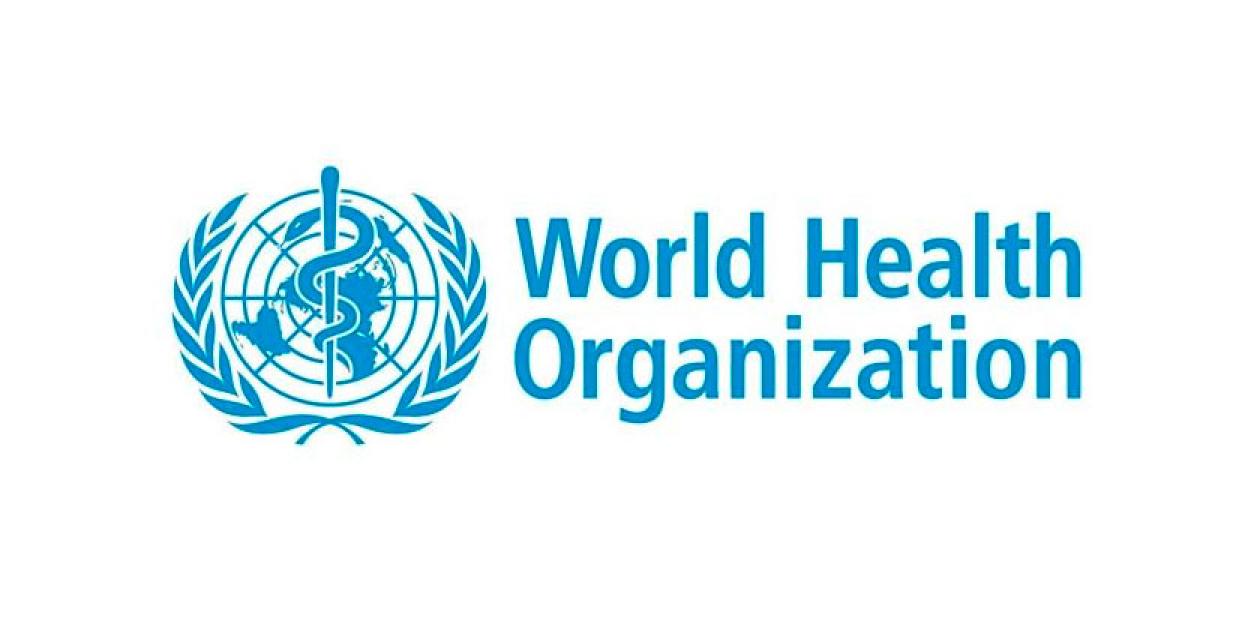Laboratory Biosafety Manual
The World Health Organization (WHO) has long recognized that safety and, in particular, biological safety are important international issues. This specialized agency of the United Nations published the first edition of its Laboratory biosafety manual in 1983. The manual encourages countries to prepare specific codes of practice for the safe handling of pathogenic microorganisms in laboratories within their geographical borders, and provides expert guidance for developing such codes of practice.
This web-based revision of the second edition is the first step in the preparation of a third edition, planned for publication in 2003. The new publication will combine the Laboratory biosafety manual, 2nd ed. (revised) and the contents of the document entitled Safety in health-care laboratories1.
The authors and editor of this revised second edition continue the now-established WHO tradition of promoting health and safety in microbiological laboratories in the international community. While the technical content affirms the guidance of previous editions, there are helpful changes in the organization of the text and valuable new material is included. The importance of personal responsibility for safe laboratory activities is stressed throughout the manual. A safe and healthful laboratory environment is the
product of individuals who are well trained and technically proficient in safe practices, and share responsibility for their own safety and for the safety of their colleagues, their communities and the environment. Personal responsibility also involves the practice of assessing risks prior to the conduct of activities that involve new protocols or new pathogens. Two new chapters address risk assessment and recombinant DNA technology. These timely additions provide thoughtful and concise guidance for assessing risks in the contemporary microbiology laboratory.
A safe and healthful laboratory environment is also the product of responsible institutional leadership. National codes of practice foster and promote good institutional leadership in biosafety. The revised second edition of the WHO Laboratory biosafety manual is, like the previous editions, a helpful reference
and guide to nations that accept the challenge to develop national codes of practice.
Para poder escribir un comentario debe iniciar sesión o darse de alta en el portal.



























































